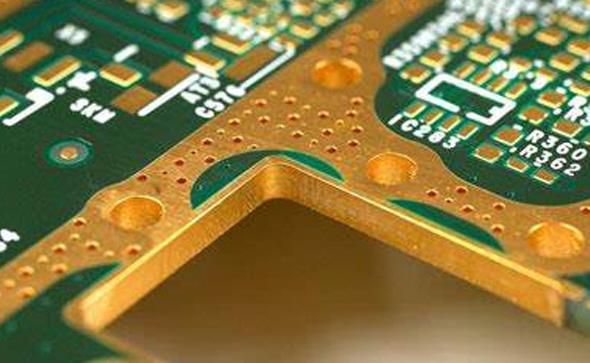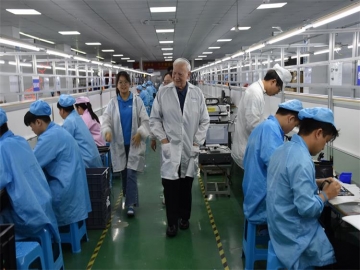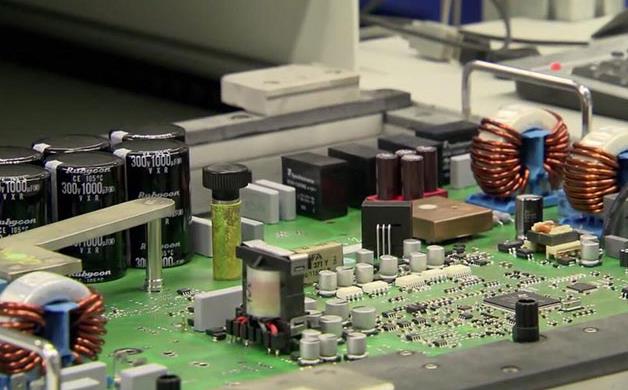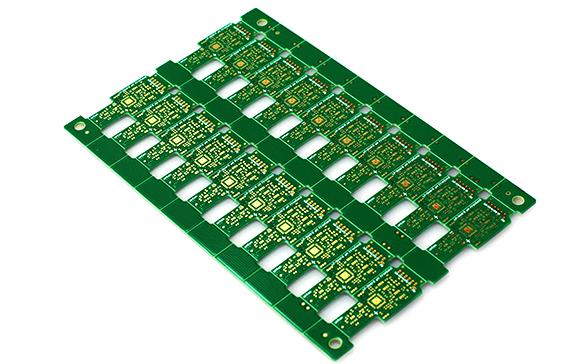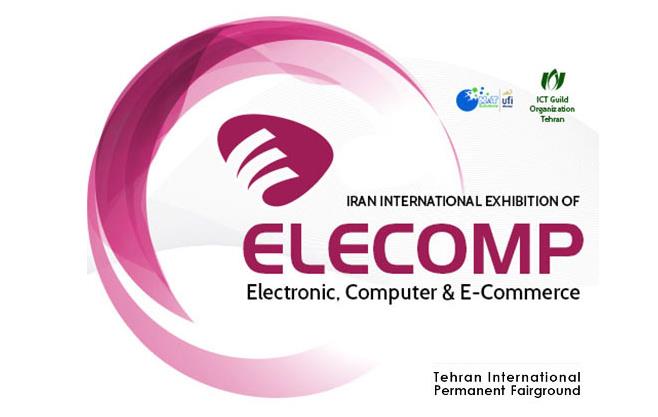5 mainstream PCBA (PCB) circuit board testing methods
PCBA circuit boards involve many circuits and components, and testing is extremely important, which is related to the product's pass rate and delivery quality. The current 5 mainstream circuit board testing methods are:
1. Manual visual testing
Manual visual testing is to confirm the component placement on the PCB through human vision and comparison. This technology is one of the most widely used online testing methods. However, with the increase in production and the reduction of circuit boards and components, this method is becoming less and less applicable. Low upfront cost and no test fixtures are its main advantages; at the same time, high long-term costs, discontinuous defect detection, data collection difficulties, no electrical testing and visual limitations are also the main disadvantages of this method.
2. Automated Optical Inspection (AOI)
This test method is also called automatic visual testing. It is usually used before and after reflow. It is a newer method for confirming manufacturing defects. It has a better inspection effect on the polarity of components and the existence of components. It is a non-electrical, fixture-free online technology. Its main advantages are easy to follow diagnosis, easy program development and no fixture; the main disadvantages are poor short circuit identification and it is not an electrical test.
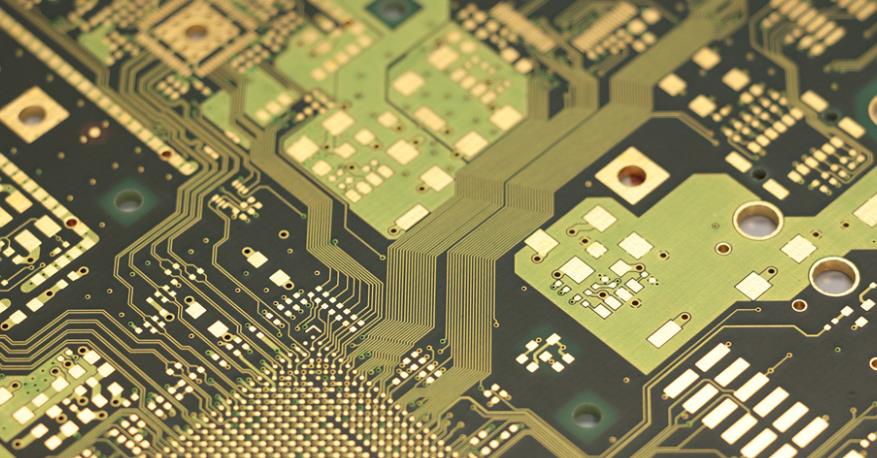
3. Functional Test
Functional test is the earliest automatic test principle. It is the basic test method for a specific PCB or a specific unit and can be completed by various test equipment. Functional test mainly includes final product test and the latest entity model (Hot Mock-up).
4. Flying-Probe Tester
Flying-probe tester, also known as probe tester, is also a commonly used test method. Due to advances in mechanical accuracy, speed and reliability, it has been widely welcomed in the past few years. In addition, the requirements for test systems with fast conversion and no fixture capabilities required for prototype manufacturing and low-volume manufacturing now make flying probe testing the best choice. The main advantages of flying probe tester are that it is the fastest time to market tool, automatically generates tests, no fixture costs, good diagnosis and easy programming.
5. Manufacturing Defect Analyzer (MDA)
MDA is a good tool for diagnosing only manufacturing defects in high-volume/low-mix environments. The main advantages of this test method are low upfront cost, high output, easy to follow diagnosis and fast and complete short and open circuit testing, etc. The main disadvantages are that functional testing cannot be performed, there is usually no test coverage indication, fixtures must be used, and the test cost is high.
Tags: PCBA /PCB /testing /circuit_board /
Next: Explanation of 7 common PCBA circuit board performance test methods


